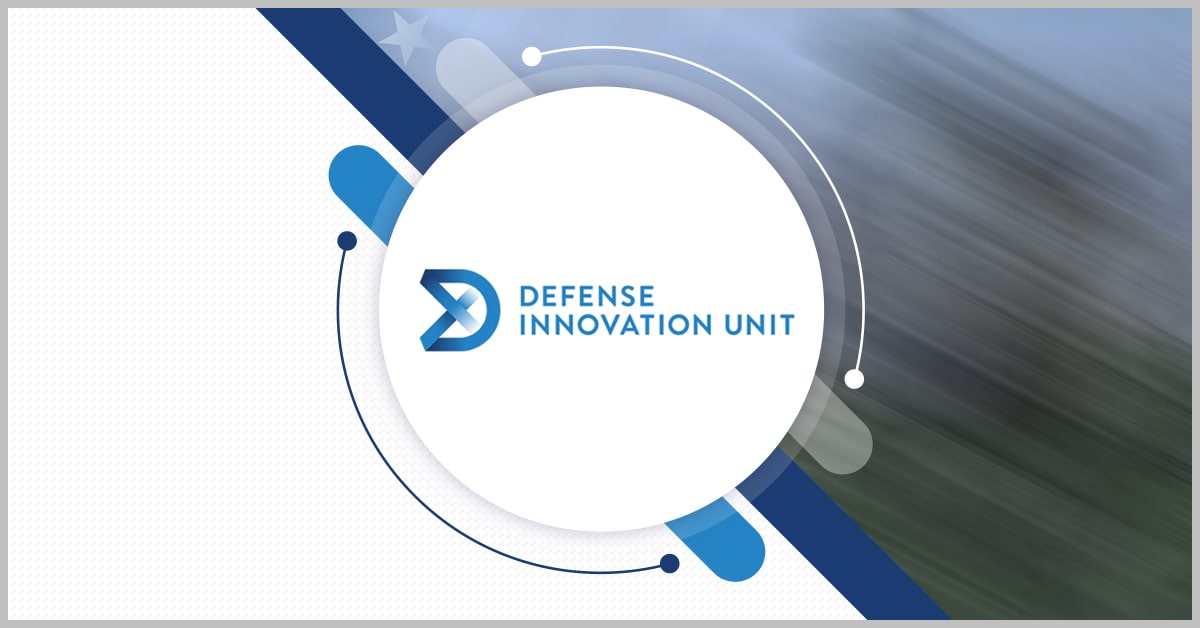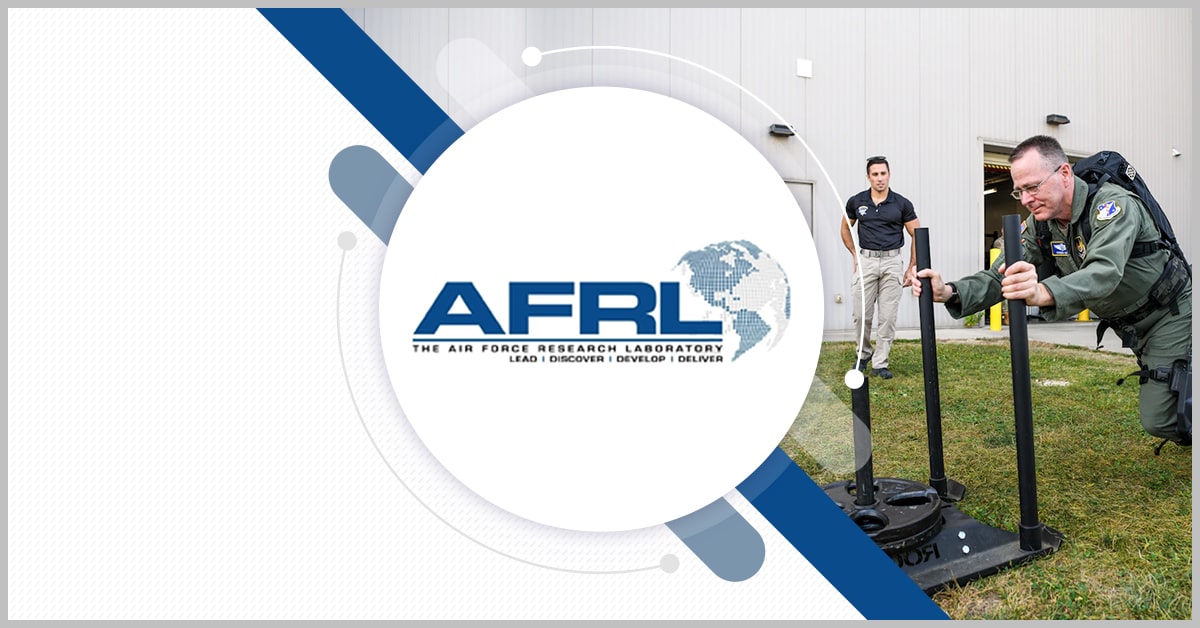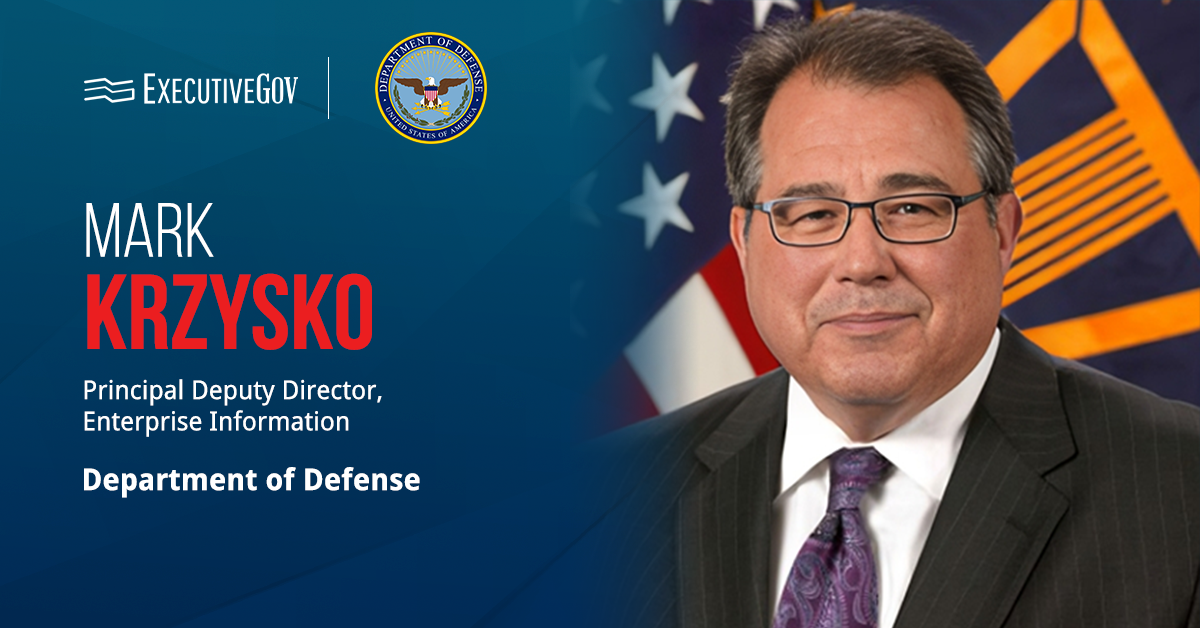The U.S. Department of Veterans Affairs has requested a budget of $369.3 billion for fiscal year 2025 — a $32.9 billion increase from the previous year’s budget — to improve healthcare resources and the delivery of benefits to veterans.
At the Potomac Officers Club’s 2024 Healthcare Summit on Dec. 11, you can gain insight into how VA officials plan to enhance care and benefits for veterans while reshaping the healthcare sector through impactful initiatives. The 2024 Healthcare Summit will feature world-class healthcare officials, so secure your ticket for the 2024 Healthcare Summit and become a part of the conversation now!

The VA’s FY 2025 budget request includes substantial investments in technical services, including IT and artificial intelligence. The budget also emphasizes supporting veterans’ mental and physical well-being by investing in modernized healthcare.
VA Secretary Dennis McDonough said, “We still have a lot of work to do. The President’s proposed budget fully funds VA so we can continue doing that important work. That work is also about preventing Veteran suicide, ending Veteran homelessness, supporting health care for women vets, modernizing our IT systems, processing benefits, and honoring vets with eternal resting places.”
Table of Contents
VA Budget Key Efforts
VA’s Electronic Health Record
The VA’s 2025 budget request includes $894 million for the veterans’ electronic health record, or EHR. The EHR stores patient information and connects VA medical facilities with critical agencies, including the Department of Defense, which allows healthcare providers to efficiently access a veteran’s complete medical history in one centralized location.
The department launched an Electronic Health Record Modernization program reset in April 2023 to address federal EHR-related issues found at five VA health facilities during initial examination periods.
The VA plans to invest $375 million in the federal EHR contract for the upcoming year to address clinicians’ issues and support healthcare deployment strategies that optimize resources throughout procedures.
VA’s Requests for IT & AI
With increased IT efforts, investments in capabilities like AI have become increasingly vital to the VA. The department has requested $6.2 billion for IT systems and $10 million for AI research and development.
The VA aims to advance AI research through innovative procedures in data science, implementation science, systems science and science of veteran and other stakeholder engagement to develop biomedical acumen in operational practice.
Learn more about how the VA plans to implement AI and various IT services throughout the healthcare landscape at the Potomac Officers Club’s 2024 Healthcare Summit on Dec.11. Reserve your spot for the 2024 Healthcare Summit before it’s too late!













